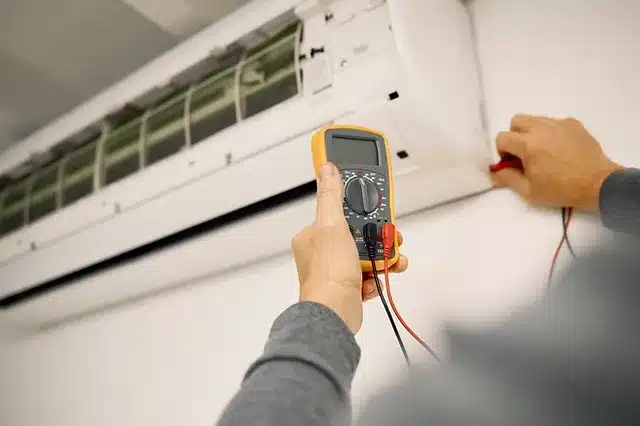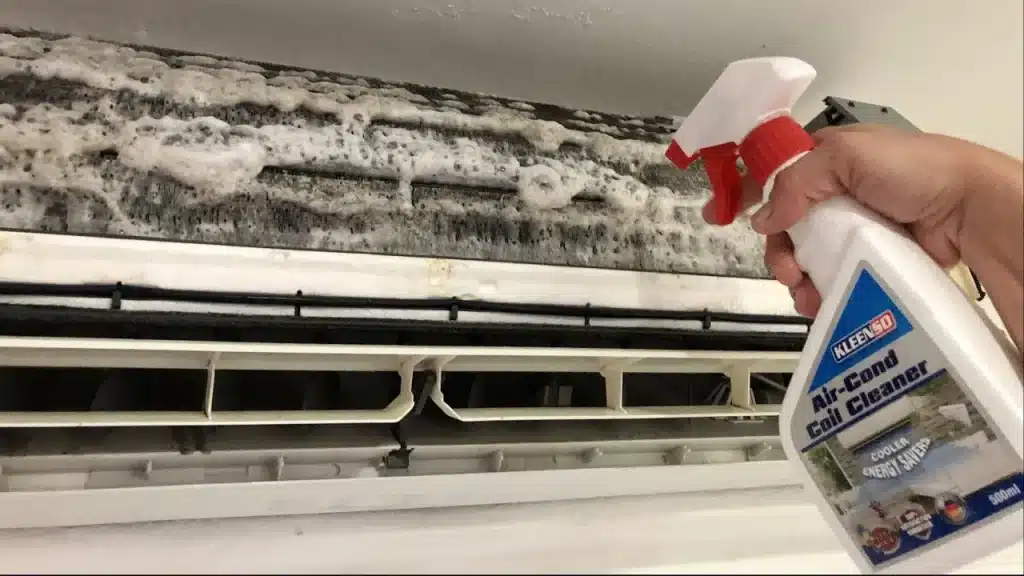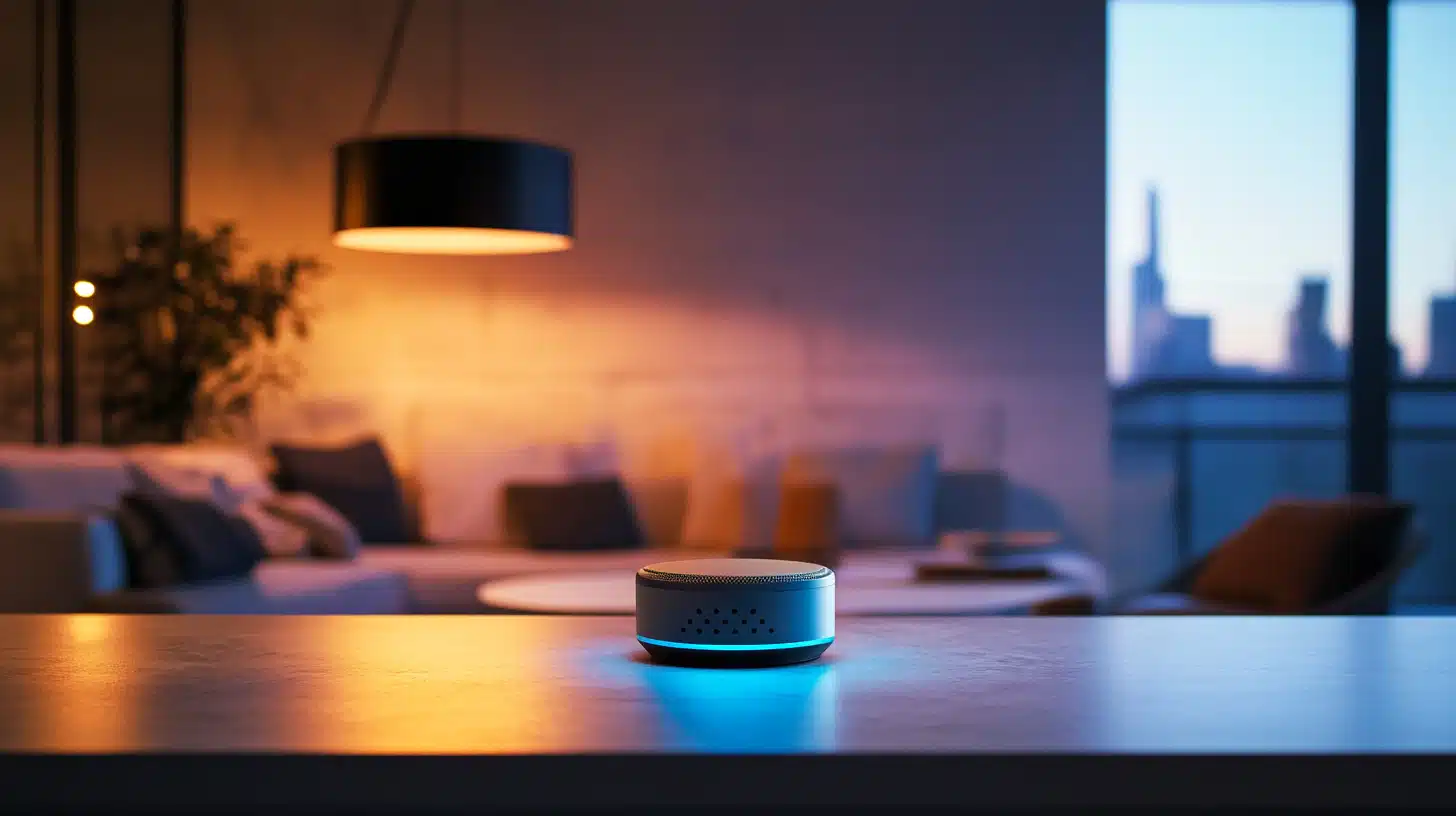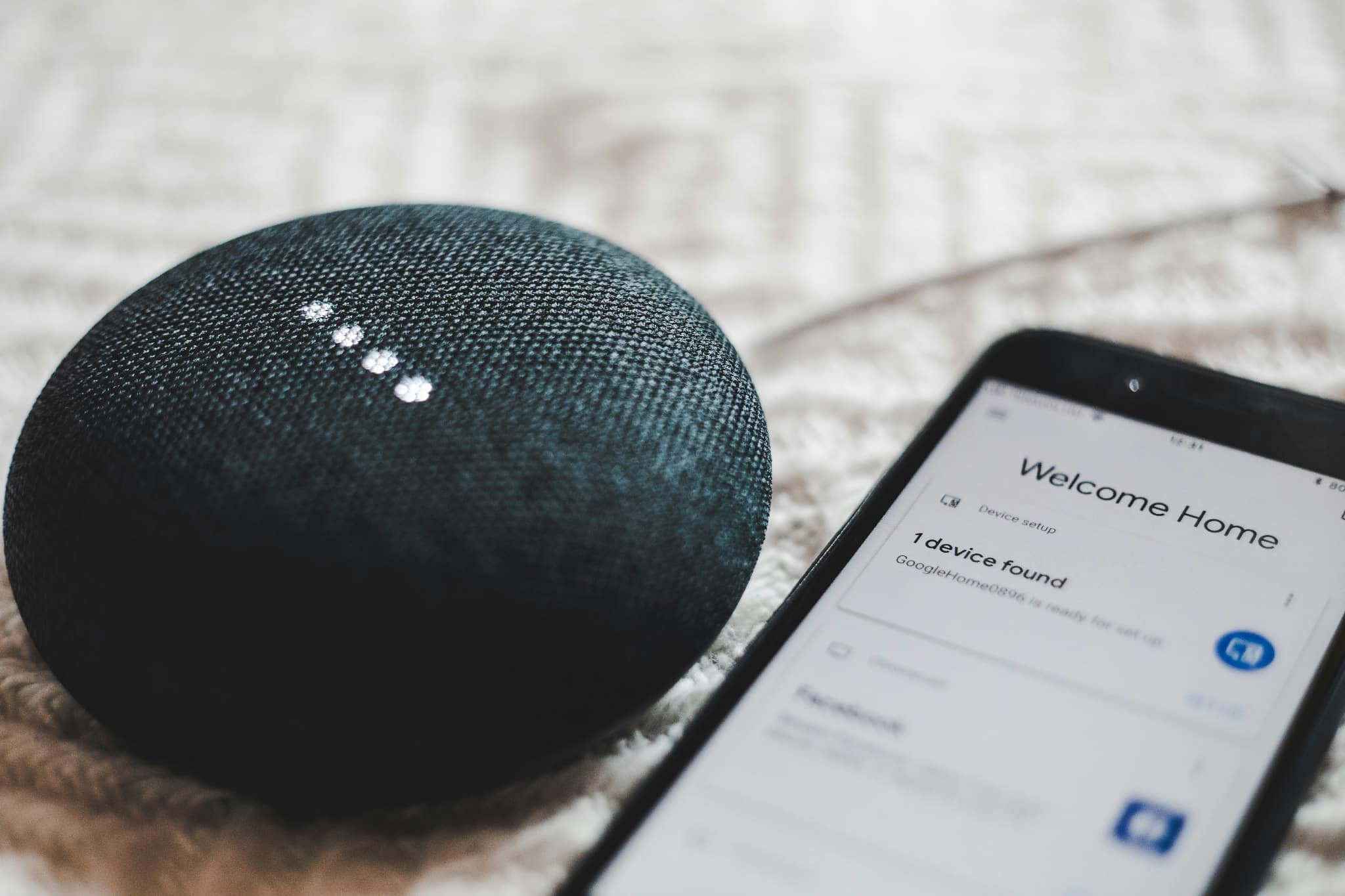How Often Do I Need to Clean My Air Conditioner? Essential Maintenance Tips
Regular maintenance of your air conditioner is essential for its optimal performance and longevity. Experts recommend that you clean your air conditioner at least once a year to ensure it operates efficiently and effectively. This simple task can help prevent costly repairs and extend the life of your unit.
Neglecting to clean your air conditioner can lead to reduced cooling efficiency and increased energy bills. Dirt, dust, and debris can accumulate in the system, causing it to work harder and consume more electricity. Regular cleaning not only improves air quality but also enhances the overall comfort of your home.
The frequency of cleaning may vary depending on factors such as the environment and usage. Homes in areas with high pollen or pollution levels might require more frequent cleaning. Similarly, if the air conditioner runs constantly during hot seasons, more regular maintenance could be beneficial.
Understanding AC Maintenance

Regular cleaning and maintenance of your air conditioner are crucial for its efficiency and longevity. Knowing both the importance of regular cleaning and how often to clean your AC can help maintain optimal performance.
Importance of Regular Cleaning
Regular cleaning of the air conditioner ensures better airflow and efficient operation. Dust and debris can accumulate in the filters, coils, and ducts, which can hinder performance. This can lead to higher energy consumption and increased utility bills.
Dirty components can also become breeding grounds for mold and bacteria, affecting indoor air quality. Regular cleaning helps to avoid these problems and extends the lifespan of the unit. Neglecting maintenance can lead to frequent breakdowns and higher costs for AC Maintenance and Repair.
Determining Your AC Cleaning Schedule
The frequency of cleaning your air conditioner depends on several factors, including usage, location, and manufacturer recommendations. For residential units used daily, cleaning the filters once a month is advisable.
Outdoor units and coils should be cleaned at least twice a year. Air ducts should be cleaned every 3-5 years. Consider scheduling professional maintenance at the start and end of the cooling season.
Homes in dusty areas or houses with pets may require more frequent cleaning to maintain performance. Regular checks can help you adjust the cleaning frequency as needed to ensure your AC functions optimally. Manufacturers’ guidelines also provide specific cleaning recommendations, which should be followed closely.
Step-by-Step AC Cleaning Guide

Regular air conditioner cleaning can prolong its lifespan, improve efficiency, and reduce energy costs. This guide breaks down the necessary tools, safety steps, exterior and interior cleaning procedures, and understanding when professional help is needed.
Tools and Materials Needed
For this task, you will need a few essential tools and materials. A soft brush, a fin comb, a coil cleaner, and a wet/dry vacuum are fundamental. Make sure to have a screwdriver set, a bucket, and mild detergent on hand.
A fin comb helps straighten bent fins while a coil cleaner is essential for degreasing coils. Using a wet/dry vacuum aids in cleaning dust and debris efficiently.
Safety Precautions
Always turn off the power to the air conditioner before beginning any cleaning. This can be done either at the circuit breaker or by unplugging the unit. Use gloves and safety goggles to protect yourself from dust and cleaning agents.
Working with wet components can pose electrical hazards. Ensure the unit is completely dry before reactivating it. Avoid using harsh chemicals that may damage the air conditioner.
Cleaning the Exterior Unit
First, clear any debris around the outdoor unit. Use a garden hose to gently wash off dirt from the unit’s fins, but avoid high pressure to prevent damaging them. Make sure to clean the fan blades with a damp cloth.
Straighten any bent fins using a fin comb and ensure the area around the unit is free from leaves and other obstructions. This ensures adequate airflow and better efficiency.
Cleaning the Interior Components
Remove the filter and either wash it with a mild detergent or replace it, depending on its condition. Clean the evaporator coils gently using a coil cleaner and a soft brush to remove stubborn dirt.
Use a wet/dry vacuum to clean the condensate drain and pan. Clogged drains can lead to water damage and inefficiency. Inspect and straighten fins on the interior side as well.
When to Seek Professional Help
While many cleaning tasks are manageable, some situations require expertise. If you notice reduced efficiency, frequent cycling, or unusual noises, it’s time to consult a professional. Persistent issues can signal deeper problems that need specialized tools and knowledge.
Annual maintenance checks by a certified technician can ensure optimal performance and extend the lifespan of your AC unit.







